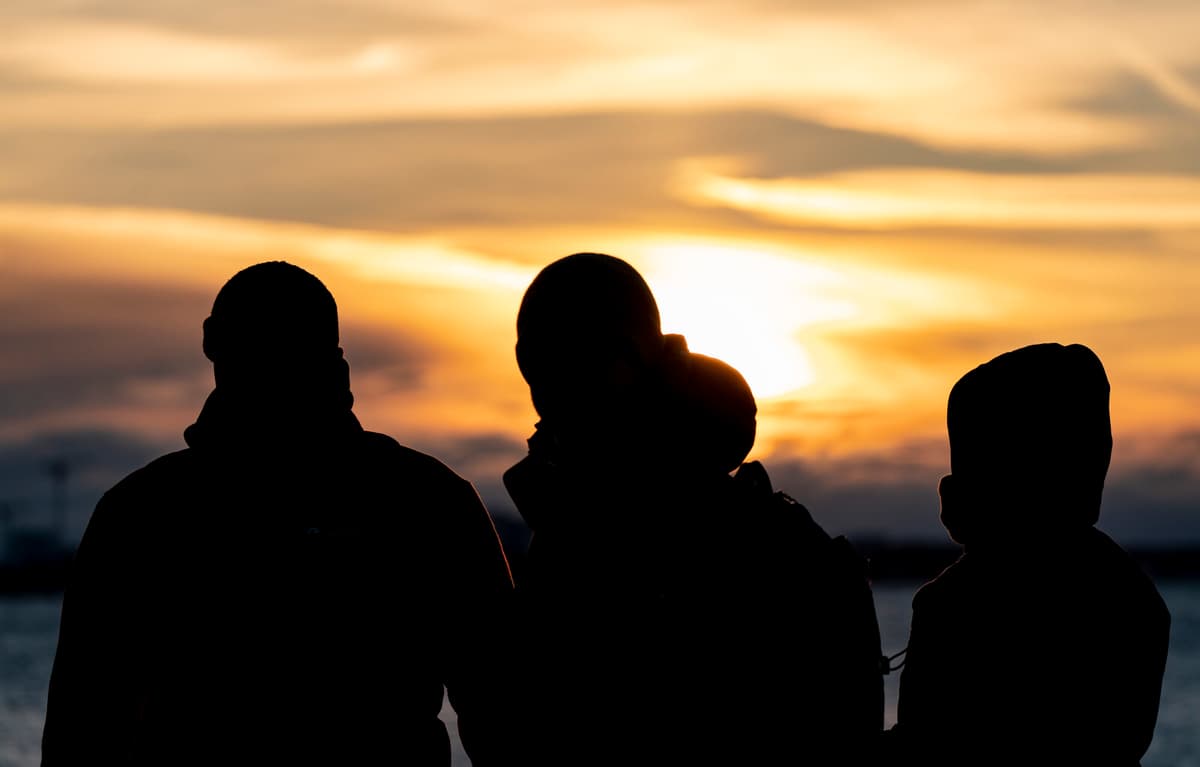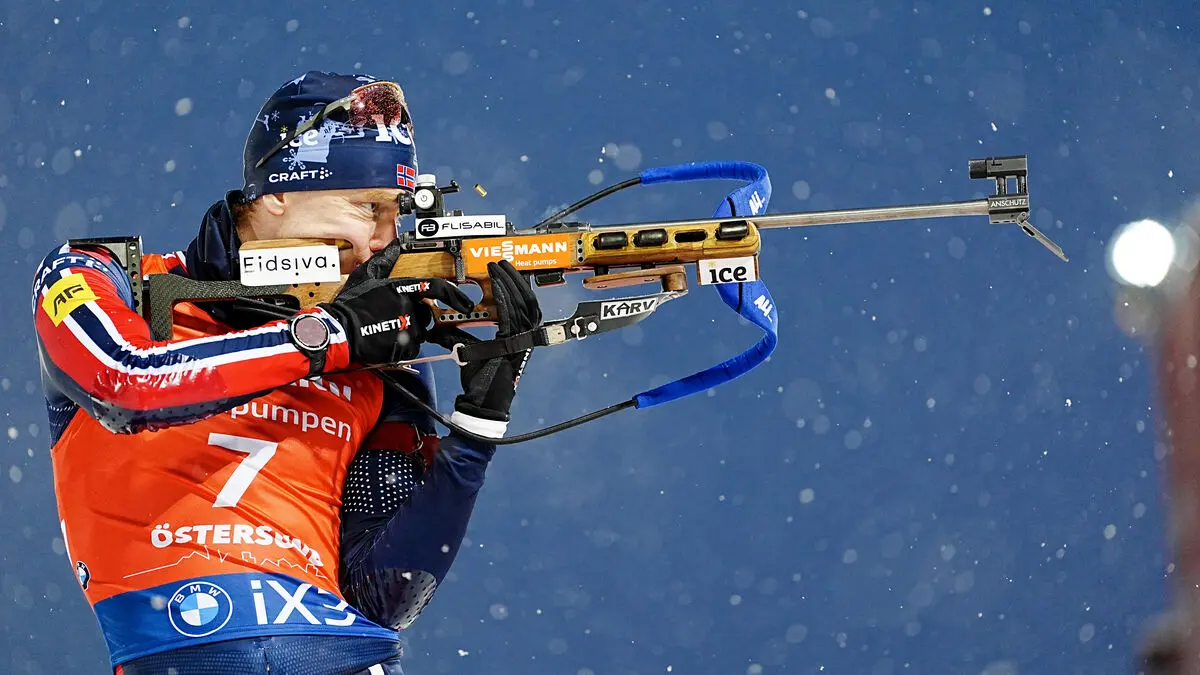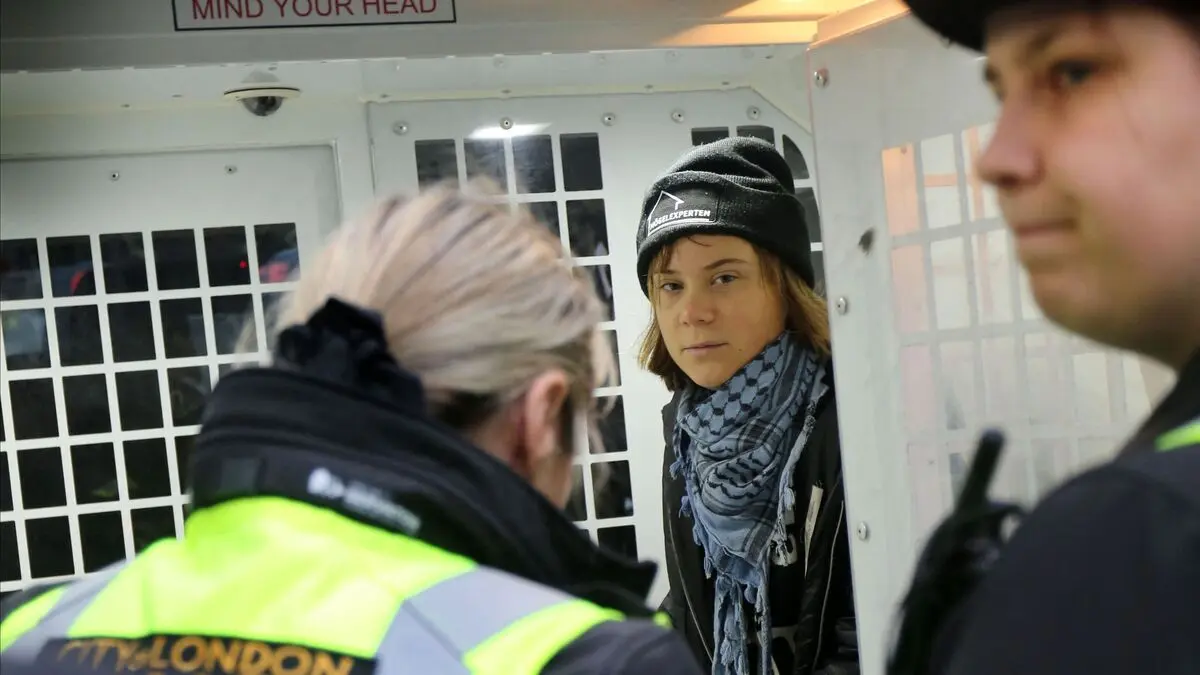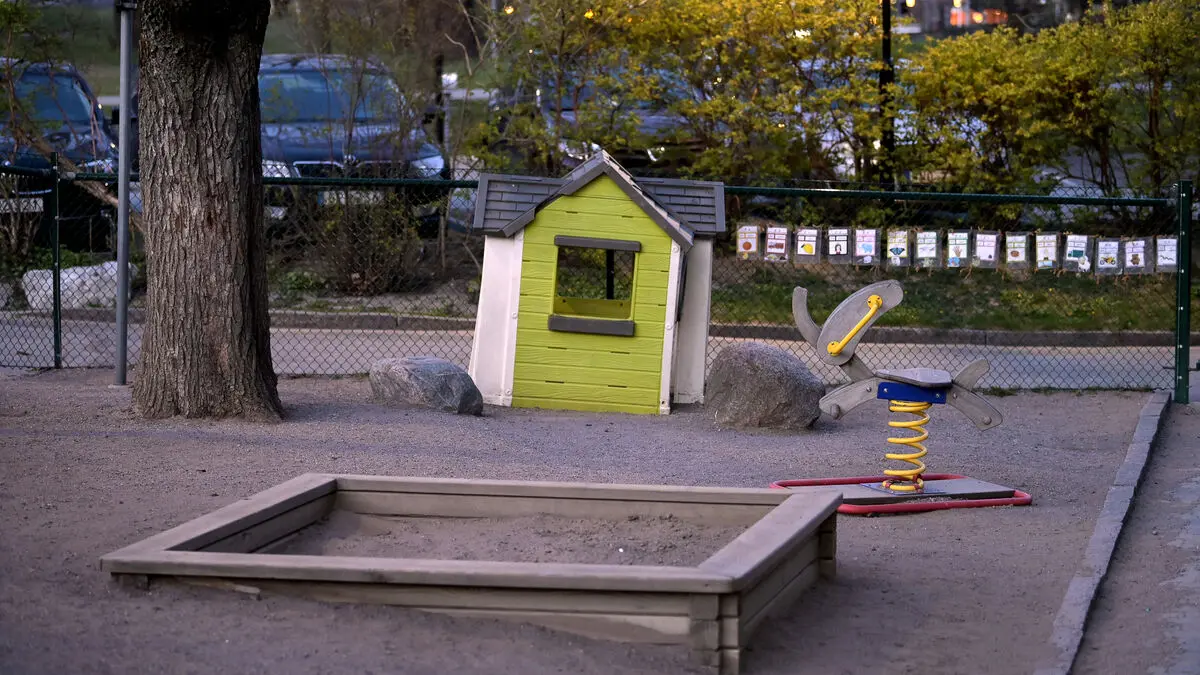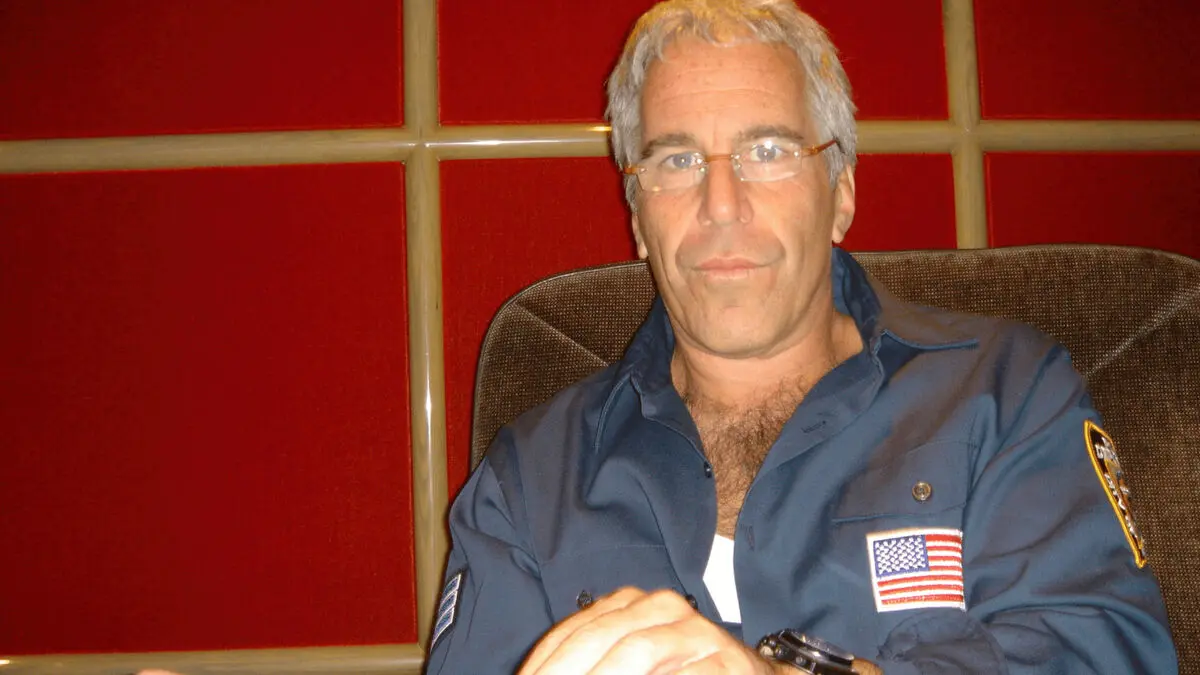Växjö's sunshine statistics may seem gloomy and are also far below the city's January average of 37 hours. According to information in SVT's Aktuellt, this year there were 14 days without the people of Växjö getting sunshine on their noses for a whole hour. Yet, this year's January was much brighter than the record low of 1988 when Växjö had only one hour of sunshine in the first month of the year.
Storlien also ends up at the bottom with 19.5 hours, which is not much below the average of 22 hours.
Therese Fougman, a meteorologist at SMHI, does not think that this year's January was unusually dark considering the whole country:
None of our stations stand out as extremely extreme.
In Kiruna, the sun made a small comeback on January 2 after having set already before Lucia when the polar night began. The 6.8 hours of sunshine in January, however, are only just below the average of 7 hours.
At the top of the sunshine list for January is instead Hoburgen on southern Gotland with 56.6 hours of sunshine, followed by Borlänge with 54.5 hours. Visby and Nordkoster also had a lot of January sunshine with 44 hours, northern Öland had 42.6 hours, followed by Karlstad with 41.7 hours, Stockholm with 40.5 hours, and Umeå with 34.3 hours.
The average for Stockholm is 44 hours of sunshine in January.
SMHI's figures are preliminary and may be adjusted.
